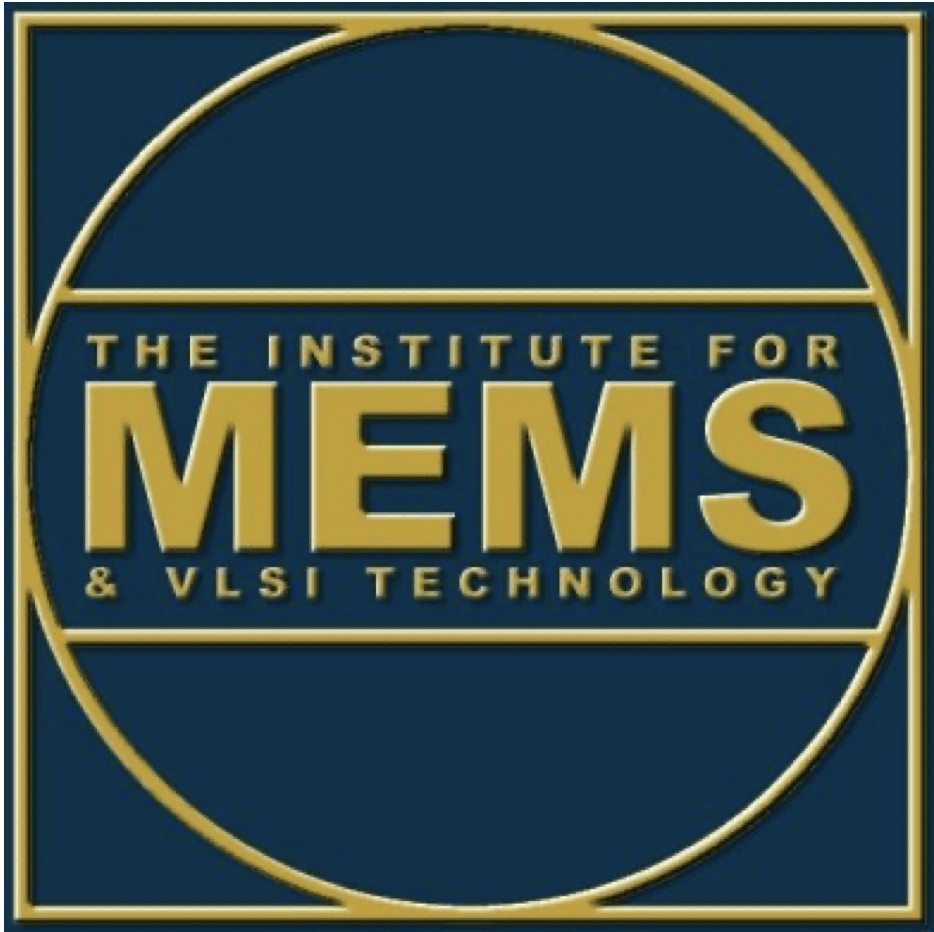Professor Mona E. Zaghloul (ECE), Professor A. Affanasev (PHYS)
Photocathodes are used as a source of electrons for numerous applications that include photomultipliers, electron microscopes, and particle accelerators. If spin-polarized electrons are required for applications, a standard choice is III-V semiconductors activated to negative electron affinity (NEA). High quantum efficiency (QE) of the photocathodes is an important requirement for Electron-Ion Collider for next-generation fundamental research in nuclear physics, where spin-polarized electron beams are needed to achieve research objectives.
In this work, we study the effect of piezoelectric fields on the minority carriers in p-doped GaAs photocathode. This research was motivated by findings that piezoelectric fields generated in GaAs by surface acoustic waves (SAWs) suppress recombination and lead to extended electron lifetimes in this material system. Several SAWs devices were fabricated at the GWU Clean Room and measurements were done in our laboratory. The described method to increase photocathode QE is expected to have a number of important applications, namely: Polarized electron sources for particle accelerator, where the proposed method of modifying electron dynamics can be combined with a distributed Bragg reflector method to increase light absorption in order to obtain high-intensity low-emittance beams for fundamental nuclear physics research. High-brightness unpolarized electron sources for high-energy physics, whereby increasing QE without changing the laser beam spot size on a photocathode surface provides higher beam brightness. Electron microscopy, for which electron beam emittance can be reduced for the same beam intensity due to reduced laser-spot size. Photomultipliers and photon detectors, for which the spectral range can be improved, especially the sensitivity for the photon energies approaching the semiconductor’s band gap.
